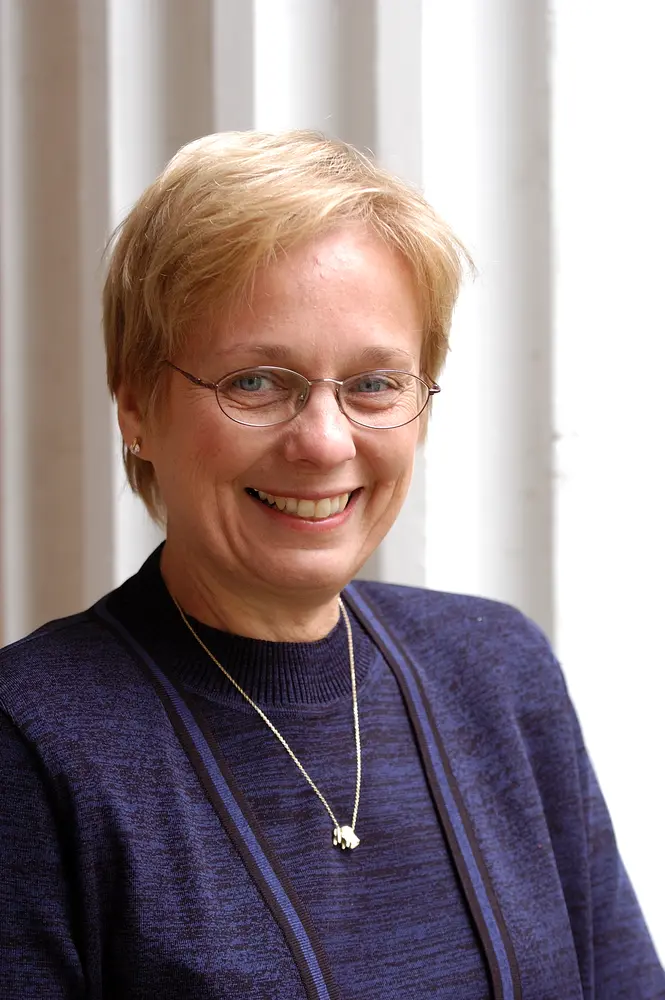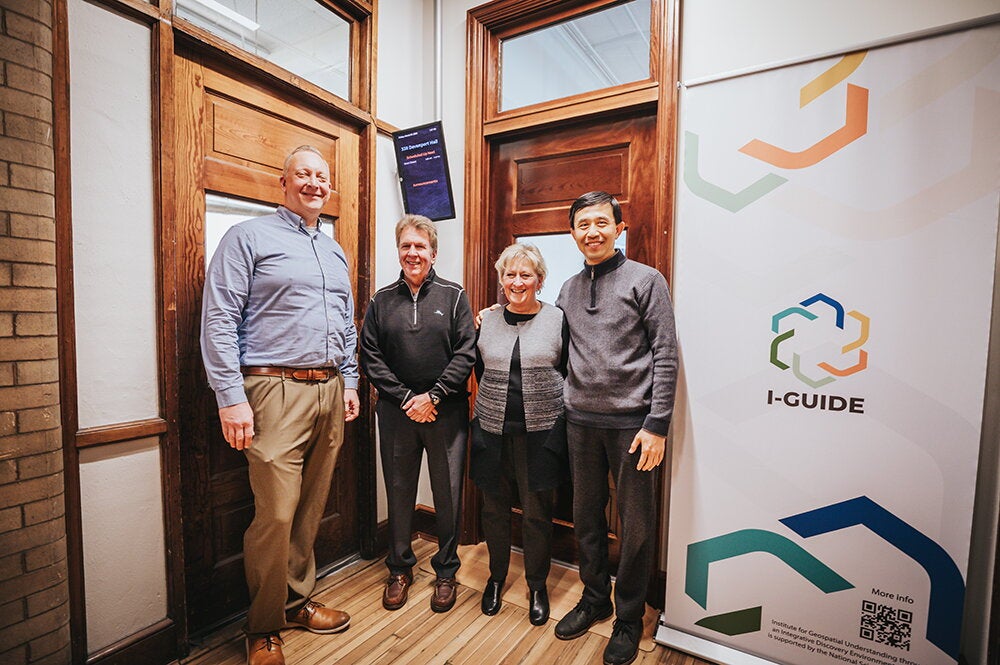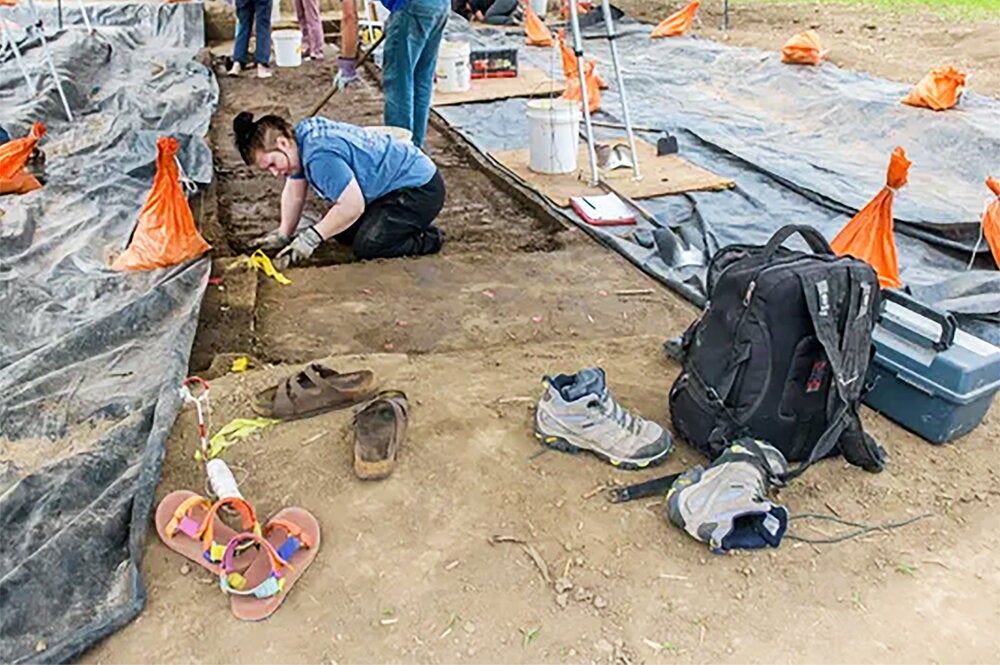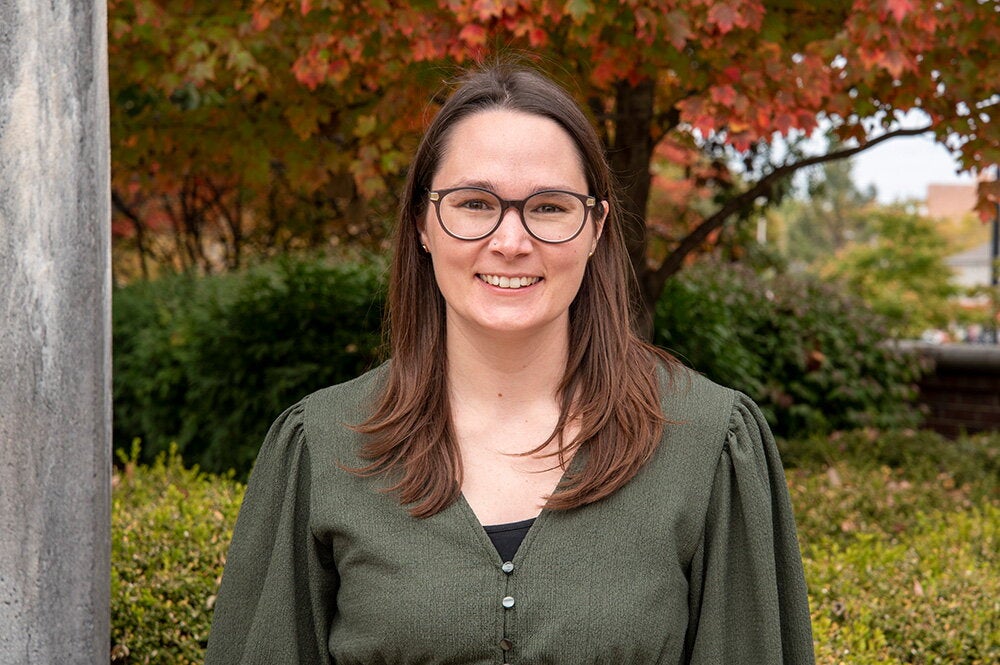
Susan Avery (MS, '74, physics; PhD, '78, atmospheric sciences) still remembers the weather contests in the 1970s in which University of Illinois atmospheric science students competed to see who could forecast a particular city's weather most accurately for an entire semester.
At that time, however, it was unlikely that Avery would have been able to forecast her future as director of one of the nation's premier research centers.
On the way to that position, she built up an impressive body of research on atmospheric dynamics. And she has continued to demonstrate her versatility and competence in her current positions as interim provost and executive vice chancellor for academic affairs for the University of Colorado in Boulder.
But a common thread running through all of her work has been the ability to build bridges between the natural sciences and other disciplines, including engineering, social sciences and humanities.
With such creativity and credentials to her credit, Avery has been awarded one of the 2005 Alumni Achievement Awards from the College of Liberal Arts & Sciences.
Avery received her master's degree in physics from the U of I in 1974 and followed it with a PhD in atmospheric science in 1978. In fact, she has the distinction of being the first person to receive a doctorate in atmospheric science at the U of I.
"It was a brand new program—a crazy, wonderful time with an enthusiastic faculty," Avery recalls.
After her time at U of I, Avery was drawn to the Boulder area—a mecca for atmospheric science. In 1982, she joined the Cooperative Institute for Research in Environmental Sciences (CIRES). With a staff of more than 500, CIRES is an international leader in innovative earth systems research.
At CIRES, Avery did research on upper atmospheric waves using a meteor radar system, which bounces signals off of a meteor trail in much the same way that police radar bounces signals off of passing cars.
One of her most important innovations was a small, portable meteor radar system that made it possible to gather upper atmosphere data in remote locations. Her team focused, in particular, on gathering data above equatorial regions, including Christmas Island, Peru and the Indonesian island of Biak.
In 1994, Avery became director of CIRES, where she forged new interdisciplinary research programs, particularly between the biological and atmospheric sciences. Under her tenure, CIRES also developed a popular K-12 outreach program that is still going strong.
"In addition, we took the big step of forming a center that looks at the societal impacts of science policy," Avery said. "By working with the natural sciences and social sciences, we study how public policy decisions affect scientific issues and how science impacts public decisions, such as responses to climate change or water shortages in the West."
Avery even worked with the acclaimed historian of the West, Patty Limerick. They added historical context to the scientific analysis of issues such as air quality in the Grand Canyon or the "Denver brown cloud"—the haze and photochemical smog that sometimes hangs over the city.
As CIRES director, she also started an innovative research fund for those "wild ideas that you couldn't normally get funding for," she says. For instance, one project combined the oral history of the Inuit tribe of Greenland with scientific data on weather conditions.
"Bringing the humanities and the social sciences into scientific discussions gives these issues a cultural context," she says. "It's all about communication."


